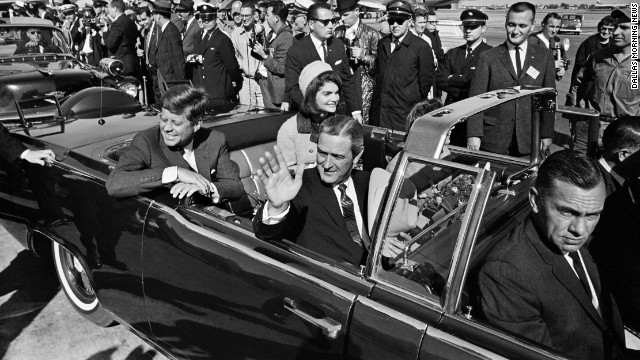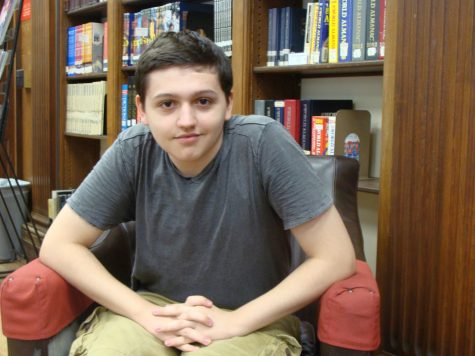This Day In History: November 22nd
November 22, 2016
In Dallas, Texas, on November 22, 1963, President John F. Kennedy was shot while in an open-top convertible. An undeniably popular president, many people experienced extreme grief after his death. Many wanted answers.
The Warren Commission, launched by Kennedy’s VP Lyndon B. Johnson, was an investigation meant to study his death. It determined that it was a plan devised by one, an outcast named Lee Harvey Oswald, with no assignment from any third party. The American public was rightfully outraged and confused. They thought, how could someone as pathetic as Oswald end what many saw as a fantastic era for the country, an era often compared to the utopia of Camelot, with Kennedy as their King Arthur? Conspiracy theories were in the air for those who denied the fact that Oswald could perform such a task, those who did not trust their government, or both.
One apparent string to follow would be the involvement of America’s rival during the time, the Soviet Union. Many pointed fingers to the KGB, thinking it was an attempt from them to reduce the power that America seemed to possess because of the Kennedy family. The motive was clear; Kennedy’s bold actions that lead to the success in the Cuban Missile Crisis and the failure of the Bay of Pigs, which was an assassination attempt on Communist Cuba’s beloved dictator Fidel Castro. With Oswald’s great love for Communism and Russia, having spent years living there, and his contact with the KGB raised suspicion.
There were many other conspiracy theories, all having their own strengths and weaknesses. To name a few examples, there were people that thought the Mafia was behind the assassination, the FBI, the CIA, and the “Establishment.” Some chose to accept the outcome of the Warren Commission, agreeing that Lee Harvey Oswald was the sole perpetrator, known as the Lone Gunman Theory. Two days after Kennedy’s assassination, Oswald was being transported to a more secure jail when bystander Jack Ruby killed Oswald. Perhaps the immediate feeling of justice and euphoria for Ruby was worth it, but what he failed to see was the questions that could have been answered would have provided a fantastic insight into the assassination and to determine if he was the sole perpetrator.
Vice President Lyndon Baines Johnson took the presidential oath on Air Force One as it laid on the runway, hours after Kennedy was announced dead. Few people were around to see it, one being Jackie Kennedy, the president’s widow, and she wore the same coat that was covered in her late husband’s blood. Johnson’s administration came to be the one that passed the first piece of Civil Rights legislation in about a century. He also passed a group of legislation known as “The Great Society,” which was a cluster of social programs similar to President FDR’s New Deal. Unfortunately, he is mostly known as the president that came after Kennedy and the one that entrenched American boots in the Vietnam War. To put it simply, his administration started and ended in tragedy.


